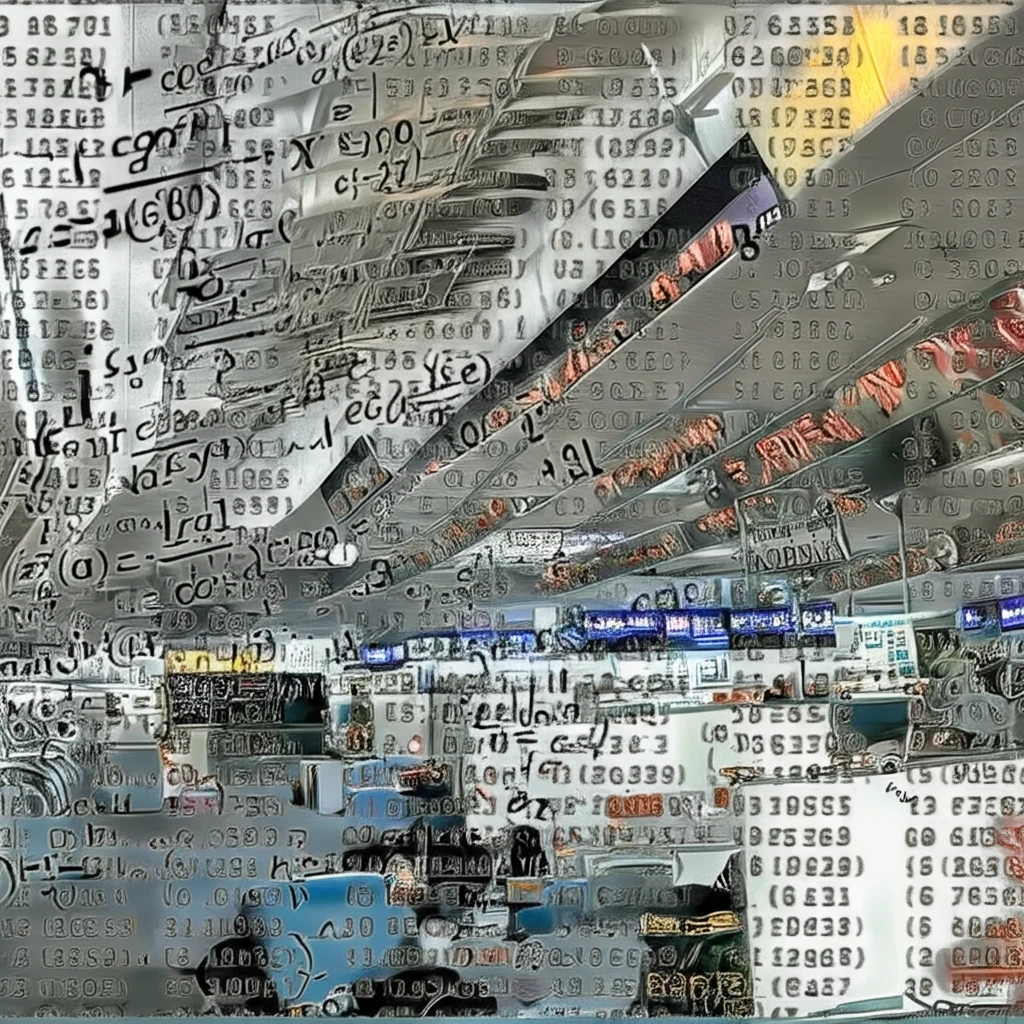
Decoding Airfare Secrets: How Airlines Really Handle Airport Congestion
"Uncover the hidden strategies airlines use to manage airport congestion and their impact on your travel costs."
Airport congestion, the bane of many travelers, isn't just a matter of inconvenience; it's a complex economic puzzle. When airports face excessive traffic or operational bottlenecks, delays cascade through the system, affecting passengers, causing environmental concerns due to increased emissions, and impacting airline operations. This has led to extensive research on potential solutions, notably congestion pricing—a strategy that, despite its theoretical appeal, remains surprisingly rare in practice.
One of the main hurdles to implementing congestion pricing is the ongoing debate over whether airlines already factor in, or "internalize," the costs of congestion when setting airfares. Unlike individual road users, airlines operate multiple flights and, therefore, have a vested interest in mitigating delays that affect their entire schedule. If airlines do account for these costs, then the need for additional congestion charges might be less pressing.
Recent research offers a new way to look at this problem, moving beyond the traditional focus on market concentration and delays. Instead, it proposes analyzing airfares directly to see if they reflect an airline's efforts to manage congestion. By examining how airlines price their tickets in relation to passenger numbers and airport delay levels, we can gain valuable insights into whether, and how, they are internalizing congestion costs.
Do Airlines Really Pay for Airport Congestion? The Pricing Puzzle

The core question is whether airlines consider the congestion they cause when determining ticket prices. Think of it this way: an airline scheduling an extra flight at a busy airport not only impacts other airlines but also creates delays for its own flights. This creates an incentive for airlines to limit the number of flights they operate, effectively internalizing the congestion externality.
- Market Concentration vs. Self-Internalization: Studies often examine the correlation between market concentration and flight delays, assuming that significantly negative correlations suggest airlines self-internalize airport congestion.
- Market Power Complicates Things: High market concentration might lead a dominant carrier to exercise market power, charging higher prices or offering fewer flights, regardless of congestion internalization strategies.
- The Need for Nuance: Even after adjusting for quality-competition effects, a negative correlation between airport market concentration and delay does not automatically confirm congestion internalization. The dominant carrier’s actions significantly influence outcomes.
What It Means for Your Next Flight
This new research offers valuable insights for policymakers and travelers alike. By understanding how airlines internalize congestion costs, airports can design more effective pricing schemes that encourage efficient operations. For travelers, it highlights the complex factors that influence airfares, reminding us that the price of a ticket reflects not just distance and demand, but also the hidden costs of congestion and the strategic decisions of airlines.
